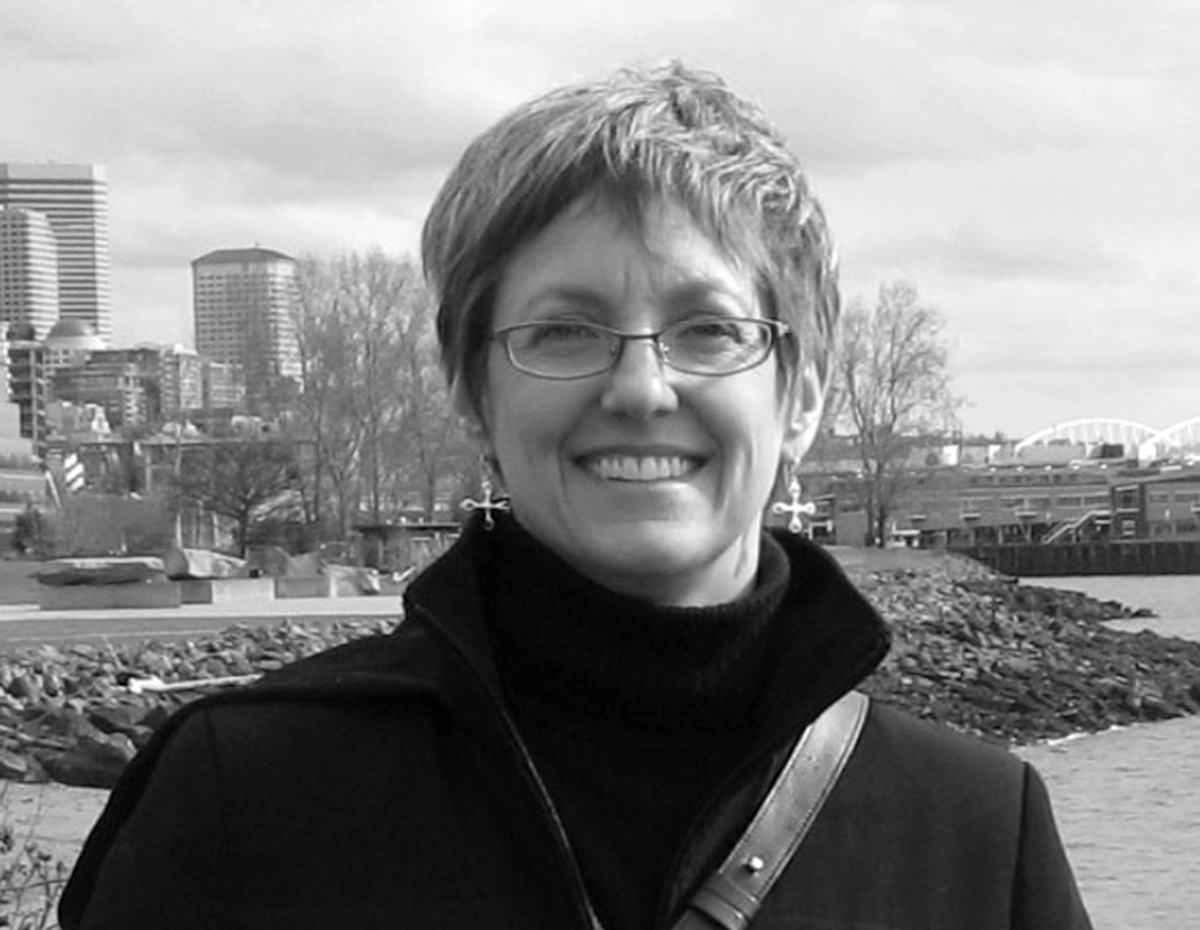
by Lise Nelson, Associate Professor, Department of Geography
The 2010 real estate ad in a Steamboat Springs (Colorado] magazine sought to entice readers into purchasing a condominium in “Ski Town USA.” Set against an otherwise empty, sepia-toned photo of a mountain prairie, the text of the ad begins: “In this place like no other, there’s a genuine feeling of the rich western heritage, of small town charm, of friendliness and neighborliness everywhere you roam. It’s a feeling as real as the people of the town themselves. It’s something you can sense in an instant here. This place is different.” Invoking idyllic narratives of rural life and a reconnection with nature, the condo developers were trying to convince wealthy and overwhelmingly white urbanites to buy their piece of mountain paradise (starting price: $1.3 million).
Would-be buyers, whether purchasing a second home or relocating permanently to Steamboat, would be joining the flow of wealthy, white urbanites (numbering in the millions) who have moved into amenity-rich rural communities across the United States over the past several decades—think of Sun Valley, Idaho, Cooperstown, New York or our own Bend, Oregon. Many scholars characterize this phenomenon as rural gentrification and some as large-scale white flight. Like its urban counterpart, rural gentrification transforms the built environment, particularly through the rapid rise of property values and new housing developments, and it often displaces (materially and/or symbolically) working class residents and spaces. Although the 2008 housing crisis slowed the pace of construction in places like Steamboat, the aging of the baby boom generation suggests that in the coming decades millions more will join this urban to rural flow.
My current research, which I am conducting with co–principal investigator Peter Nelson of Middlebury College and two graduate assistants, examines the immigrant-centered precarious labor regimes that undergird the production of gentrified landscapes in the rural USA, exploring in particular how these labor regimes are crosscut by class, race, and legality/illegality. As wealthy white urbanites move to an amenity-rich rural “paradise,” their presence generates new demand for goods and services that draw immigrant workers, primarily of Latin American origin, to these same areas. From construction workers to landscapers, from dishwashers to house cleaners, Latino/a immigrant workers are fundamental to the production and maintenance of these landscapes. And while this story seems all too familiar when we consider recent urban history, these relationships have been obscured in the literature on contemporary rural transformations.
Scholarship on rural gentrification in the United States has generally ignored the presence of low-wage immigrant workers, focusing instead on class polarization (between newcomers and “locals”) as well as the environmental or cultural conflicts that often emerge between these same groups. At the same time, research on “new destinations” for Latino/a immigrants in rural places has treated meatpacking plants or other rural industries as the paradigmatic (new) “pull factor” for immigrant workers in rural places. The largely service-based, and dispersed employment of immigrant workers in rural amenity destinations challenges assumptions by both groups of scholars.
The two areas where we have completed qualitative fieldwork for this project are Routt County, Colorado (home to Steamboat Springs) and Rabun County, Georgia. Like many amenity destinations, these areas in 1990 were overwhelmingly white (98 percent and 99 percent respectively). By 2010 both counties were approximately 15 percent Latino. Our three-year research project has sought to capture labor market dynamics in these areas since the early 1990s, and to empirically explore the existence of structural linkages between rural gentrifiers and Latino/a immigrant workers. In particular, we are investigating how employers recruited immigrant workers to these more remote locales, and examining how race and legality/ illegality have reshaped local divisions of labor.
The production of precarious labor regimes is only the beginning of the story, however, as we are equally interested in the production of precarious lives and spaces of social reproduction and identity formation. For working class residents, immigrant and non-immigrant alike, affordable housing became critical as the cost of housing escalated in the late 1990s and beyond. Yet immigrant families face deeper hurdles tied to race and legality / illegality. Some of these hurdles are very concrete, as in the denial of driver’s licenses to undocumented immigrants engaged in dispersed rural employment usually located far from their residence. Life in this context is enveloped by stress and fear on a daily basis.
Other hurdles are less concrete and immediate but no less important.
Implicitly and explicitly, narratives framing the “sense of place” in these areas are predicated on assumptions of whiteness and homogeneity. The ad quoted above invokes a sense of nostalgia for small town life, for friendliness and knowing your neighbors—for a sense of “security.” This trope is common not only in real estate ads and local media articles, but in conversations with a range of white newcomers who often describe their desire to relocate in terms of escaping the city. Descriptions of the city frequently invoke racialized codes of “dirt” and “danger.” These profoundly packaged places are wrapped in narratives of whiteness, making life for racialized immigrant residents all the more difficult. Immigrant workers are often treated as if they are there to serve but not to live, and assumptions about (presumed) illegality legitimize that treatment.
As we continue our research, we are examining not only processes of marginalization and exclusion in sites of rural gentrification, but also the ongoing contestation of place and identity by immigrants, some advocacy groups, and other actors.
—Lise Nelson is an associate professor of geography and coeditor of A Companion to Feminist Geography (2006). The project described here is the result of a collaborative project that includes co-PI Peter Nelson of Middlebury College and Laurie Trautman and Meche Lu, both graduate research assistants in geography at UO.

